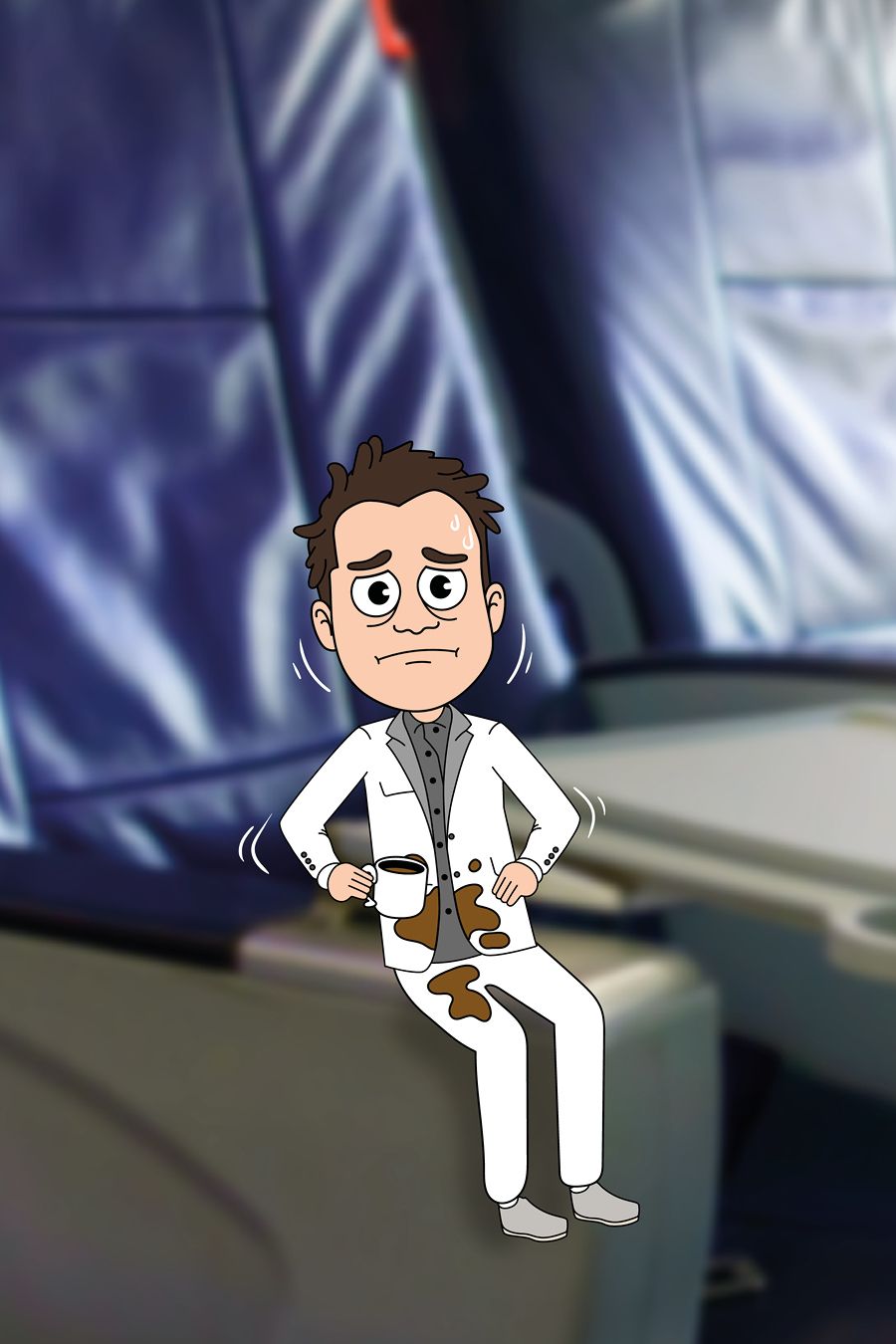- Speak Goodr - Mic Drop
- Posts
- What a Cup of Coffee Taught Me About Speaker Fees
What a Cup of Coffee Taught Me About Speaker Fees
Why setting speaker fees shouldn't be so mysterious or ambiguous.
Quite often, someone will approach me to speak at their event, for free.
This sparks the opportunity for me to discuss the value I can provide, and at some point we come to the question of “the speaker fee.” This allows me to share my cup of coffee philosophy. Now, a few weeks ago, I wrote about whether you should ever speak for free or even pay to speak. (TL;DR: You can speak for free strategically, or pay to speak if you’re selling something on the back end—but if you’re building a speaking business, you should be getting paid.) |  |
So, let’s flip it now and talk about fees:
What exactly are they paying for when they pay you to speak?
Let’s Talk Coffee.
Speaker fees are a lot like ordering coffee.
You can grab a cup of drip for $2.50. It’s mass-brewed, hot, and ready. No frills.
Or you can order a pour-over for $11. Same caffeine. Totally different experience.
The difference?
The $2.50 drip is predictable. Functional. It’s made for the masses.
The $11 pour-over is curated. Thoughtful. It’s hand-selected beans, with filtered water, precise measurements, and a barista who was trained for this moment. It’s not just a drink—it’s a craft.
But beyond the style of coffee and the level of nuance, there are some fixed and constant costs that are so often missed by speakers. They are also missed by coffee shops which is why so many fail in the first year of business.
So let’s dive into what really goes into a speaker fee.
So What Are They Really Paying For?
Here’s what a lot of people don’t see behind the fee:
A 45-minute keynote takes way more than 45 minutes. For me, if it’s new, it can take 45 hours of prep. (That’s my rule of thumb: 1 hour of prep for every 1 minute on stage.)
And the stage time is just the beginning. Your fee includes:
Extensive research and writing
Editing, slide design, and revision
Travel time and logistics
Admin, contracts, and tech
Time away from other revenue
Your team, if you have one
Because you’re not just showing up to speak. You’re bringing credibility to their event. And if you’ve done it right, your story will echo in their hallways long after you leave the stage.
I Undervalued Myself.
My first paid gig was $1,000 for three 45-minute sessions. I thought I’d won the lottery.
What I didn’t factor in:
Prep time (which took weeks)
Several days in the wilderness with this event unable to do other work (no internet and limited cell connectivity)
Oh, and the fact that I had to share a cabin with middle schoolers with no A/C (true story, you can read the whole story in the book, Speak Goodr.)
Was it worth it? Maybe at the time, yes the cash was worth it. But in the longrun, absolutely worth it, the lessons taught were invaluable.
Now, my rate is anchored in something more durable than excitement: value, time, and strategy.
And that’s what I want to walk you through.
Price is what you pay.
Value is what you get.
A Cup of Coffee is Like a Speaker Fee
Let’s go back to the coffee.
When someone walks into a coffee shop and pays $2.50 for a cup of black drip, it seems simple. Hot water, beans, done. But here’s what they’re not thinking about:
The $0.52 in beans, filters, and labor.
The $0.18 cup and lid. Oh and another $0.14 for the branded coffee sleeve.
The POS system. Credit card fees. Wi-Fi. Monthly rent.
And don’t forget the spill rate—every cup that’s remade because it’s too cold, too sweet, too late.
Plus wear-and-tear on the machine, the water line maintenance, the marketing to get the customer in the door.
Now apply that same logic to your speaker fee.
A 💰 keynote doesn’t just cover 45 minutes on stage. It covers:
Hours of preparation, research, and revision.
For a brand-new talk, I estimate about one hour of prep for every minute on stage.
Time away from your primary business (if you’re building a speaking career, this is the business).
Pre-event meetings, technical walkthroughs, Q&As, book signings, travel mishaps, and post-event follow-up.
And maybe most importantly, your platform. The reason they’re hiring you is not just because you’re a good speaker—it’s because you can draw a crowd, bring credibility, and create a memorable experience.
Are You a Drip or a Pour-Over?
Some speakers scale by giving the same talk, every time. Others curate something new for each audience. That’s not a value judgment—it’s a business model.
But what matters is knowing which one you are, and pricing accordingly.
Because speaker fees shouldn’t be random. They should reflect your time, your transformation, and the value you bring off-stage as much as on it.
Until next time,

🔥 Want to go deeper?
I created a 6-lesson course called Setting Your Speaker Fee that walks you through this entire process, from pricing models to platform value to packaging. You can access that course here.
Special Thanks to our Sponsors:
Learn AI in 5 minutes a day
What’s the secret to staying ahead of the curve in the world of AI? Information. Luckily, you can join 1,000,000+ early adopters reading The Rundown AI — the free newsletter that makes you smarter on AI with just a 5-minute read per day.
Start learning AI in 2025
Keeping up with AI is hard – we get it!
That’s why over 1M professionals read Superhuman AI to stay ahead.
Get daily AI news, tools, and tutorials
Learn new AI skills you can use at work in 3 mins a day
Become 10X more productive


Reply